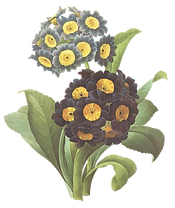On Soil
- laurengoff
- May 23, 2016
- 2 min read
While I was weeding the seasonal field with Tristan Odekirk last week, he taught me a few things about how soil works and the effects of fertilizer, including why we no longer till our fields.
The benefits of tilling, that is to say mechanical mixing of soil, are as follows:
Loosens and aerates the top layer of soil, which makes planting the crops easier
Helps mix nutrients evenly into the soil
Destroys weeds
Dries the soil before seeding -- this is especially helpful in wet climates
When done in autumn, helps exposed soil crumble over winter through frosting and defrosting, which helps prepare a smooth surface for spring planting

Tillage in Process
However, this overturns the soil's natural structure (or "aggregates"), making the soil lose much of its ability to retain moisture and nutrients, destroys many helpful decomposing animals such as worms, and packs parts of the soil down, which makes it harder and harder to plant in the future. Over time, it destroys soil quality. This makes it necessary to add more and more fertilizer.

Soil Degradation in a Field in Washington
Fertilizer always makes its way into the water system eventually. Natural fertilizer, like compost, can be broken down and used by organisms in the rivers, making the residue that flows into the ocean manageable in the marine environment. However, both non organic fertilizer and the eroded soil caused by tilling overwhelms the rivers and and their organisms, killing off some marine species and causing an over abundance of others. For example, algae blooms are attributed to fertilizers in the ocean.

Algae Bloom on Lake Erie
Long story short, we believe that not tilling will make our soil more naturally fertile and sustainable.











Comments